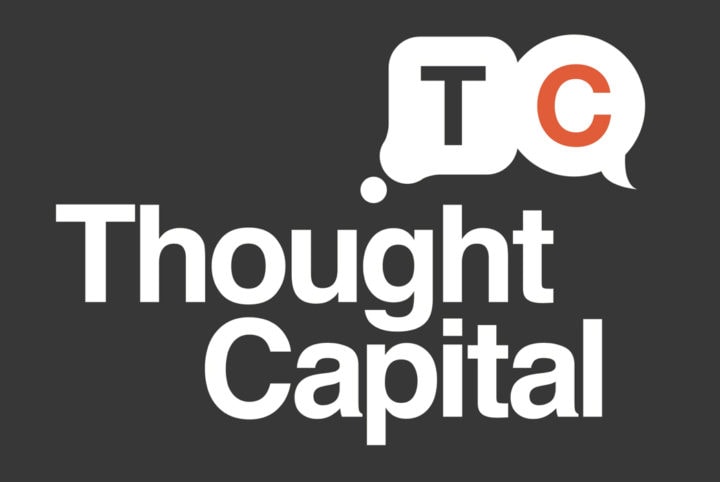
Creating a reliable method of measuring the total social and economic value of Australia’s thriving cooperative and mutual enterprises could have global implications.
Cooperatives and mutual enterprises are among our most recognisable household companies. A remarkable 80 per cent of Australians have some link to this sector; banking with them, buying insurance from them, or calling on them when their car breaks down.
It’s been estimated that this segment accounts for 8.3 per cent of Australia’s GDP, with the top 100 contributing around $30 billion in annual revenues. But there has been one big problem: how to value them.
This sounds like it should be straightforward. But CMEs differ dramatically from commercial organisations in that they run for the benefit of their members, rather than simply striving for the best bottom line return for shareholders.
This emphasis on social value as well as economic return has been integral to their success so far and made them very popular with consumers. Yet it also means that commonly-used global standard accounting frameworks designed to measure value can be a poor fit.
Defining value
It is an increasingly crucial time for cooperative and mutual enterprise sector, which wishes to broaden its base and challenge the market share held by its shareholder-based competitors – but facing scrutiny from regulators.
“Part of the issue for the sector is that it is misunderstood and there has been very little research to help us understand them both from a policymaker perspective and from the wider community,” explains Dr Paul Thambar, from Monash Business School’s Department of Accounting.
“How can we measure their performance if their social impact is central to their future success, yet we cannot record it in any meaningful way?”
Over the next two years, Dr Thambar and colleague Professor Matthew Hall will carry out the Mutual Value Measurement (MVM), examining how value is defined, to create an industry framework that individual CMEs can customise.
The team also includes Professor Yuval Millo from Warwick Business School and Dr Sarah Adams, from the Australian National University (ANU) with Business Council of Mutuals and Cooperatives (BCCM) as a partner.
Best known brands
Involved in the research are some of Australia’s best-known brands including HCF, Australian Unity, RACQ Bank Australia, Credit union Australia (CUA) and RAC WA.
Dr Thambar and his team intend to go right back to the basic question: what does value mean exactly?
For more than 500 years, accounting has worked reasonably well when it has been used to capture, record and measure economic value in investor or shareholder owned organisations.
Some mechanisms – notably concepts such as Shared Value, Social Return on Investment (SROI), Integrated Reporting and the London Benchmarking framework – have been developed to help non-investor owned organisations provide additional measures of value. But these tend to be generalist frameworks which need significant adaptation to the CME business model.
“So at present, this provides the research team with a significant, theoretically interesting problem to solve. We will start very simply with the question: “What does value mean to you?” says Dr Thambar.
“We all have different takes on how we value things, so what it means for each organisation will flow through to what you do to create that value.”
Unlocking the mechanism of mutual value to develop something something that is comparable across the sector could also be utilised in other organisations such as charities, he says.
“No one has been able to measure it, so if we can crack it, this will be a huge breakthrough.”


